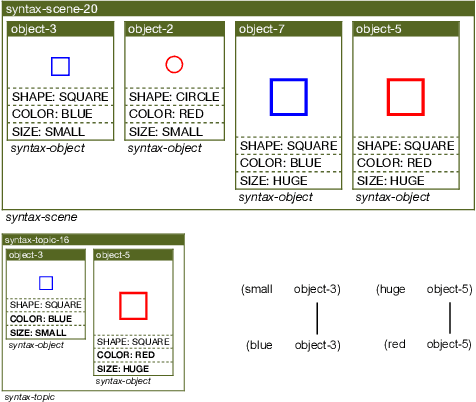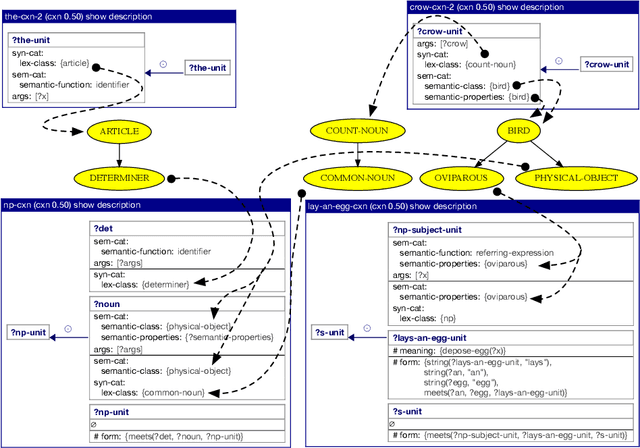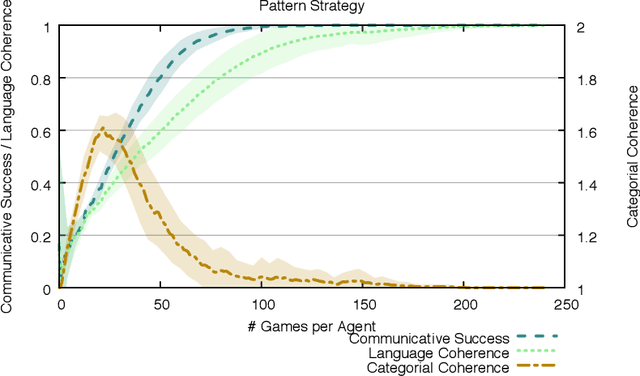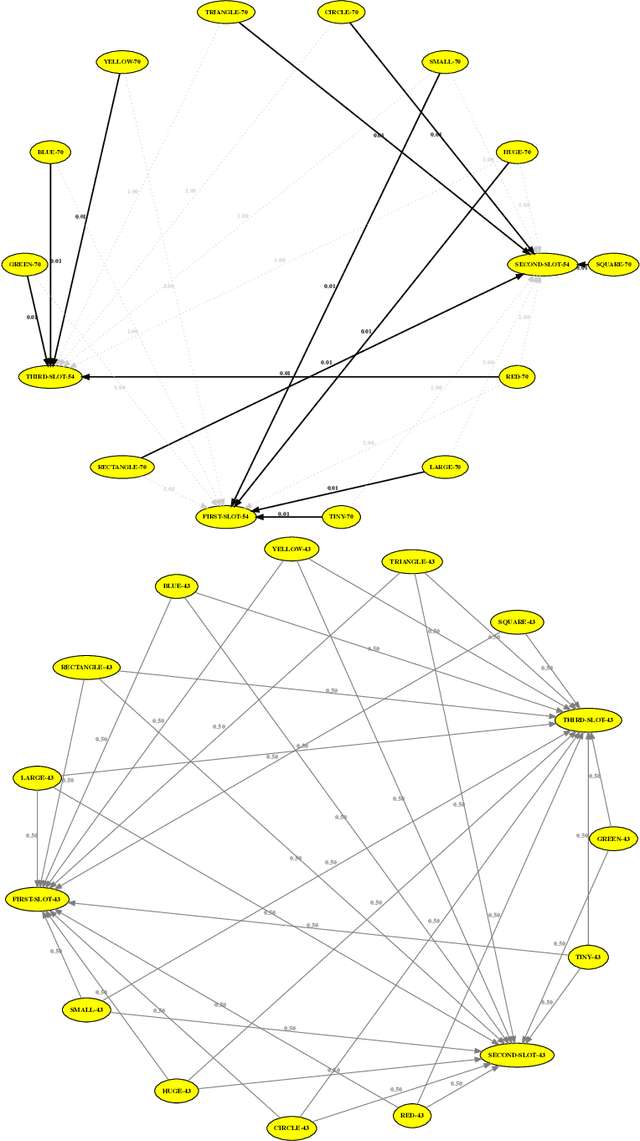Luc Steels
Awareness in robotics: An early perspective from the viewpoint of the EIC Pathfinder Challenge "Awareness Inside''
Feb 14, 2024Abstract:Consciousness has been historically a heavily debated topic in engineering, science, and philosophy. On the contrary, awareness had less success in raising the interest of scholars in the past. However, things are changing as more and more researchers are getting interested in answering questions concerning what awareness is and how it can be artificially generated. The landscape is rapidly evolving, with multiple voices and interpretations of the concept being conceived and techniques being developed. The goal of this paper is to summarize and discuss the ones among these voices connected with projects funded by the EIC Pathfinder Challenge called ``Awareness Inside'', a nonrecurring call for proposals within Horizon Europe designed specifically for fostering research on natural and synthetic awareness. In this perspective, we dedicate special attention to challenges and promises of applying synthetic awareness in robotics, as the development of mature techniques in this new field is expected to have a special impact on generating more capable and trustworthy embodied systems.
Usage-based learning of grammatical categories
Apr 14, 2022



Abstract:Human languages use a wide range of grammatical categories to constrain which words or phrases can fill certain slots in grammatical patterns and to express additional meanings, such as tense or aspect, through morpho-syntactic means. These grammatical categories, which are most often language-specific and changing over time, are difficult to define and learn. This paper raises the question how these categories can be acquired and where they have come from. We explore a usage-based approach. This means that categories and grammatical constructions are selected and aligned by their success in language interactions. We report on a multi-agent experiment in which agents are endowed with mechanisms for understanding and producing utterances as well as mechanisms for expanding their inventories using a meta-level learning process based on pro- and anti-unification. We show that a categorial type network which has scores based on the success in a language interaction leads to the spontaneous formation of grammatical categories in tandem with the formation of grammatical patterns.
* Published after double-blind review as: Steels, L., Van Eecke, P. & Beuls, K. (2018). Usage-based learning of grammatical categories. Belgian/Netherlands Artificial Intelligence Conference (BNAIC) 2018 Preproceedings (pp. 253-264)
Identifying centres of interest in paintings using alignment and edge detection: Case studies on works by Luc Tuymans
Jan 04, 2021



Abstract:What is the creative process through which an artist goes from an original image to a painting? Can we examine this process using techniques from computer vision and pattern recognition? Here we set the first preliminary steps to algorithmically deconstruct some of the transformations that an artist applies to an original image in order to establish centres of interest, which are focal areas of a painting that carry meaning. We introduce a comparative methodology that first cuts out the minimal segment from the original image on which the painting is based, then aligns the painting with this source, investigates micro-differences to identify centres of interest and attempts to understand their role. In this paper we focus exclusively on micro-differences with respect to edges. We believe that research into where and how artists create centres of interest in paintings is valuable for curators, art historians, viewers, and art educators, and might even help artists to understand and refine their own artistic method.
 Add to Chrome
Add to Chrome Add to Firefox
Add to Firefox Add to Edge
Add to Edge